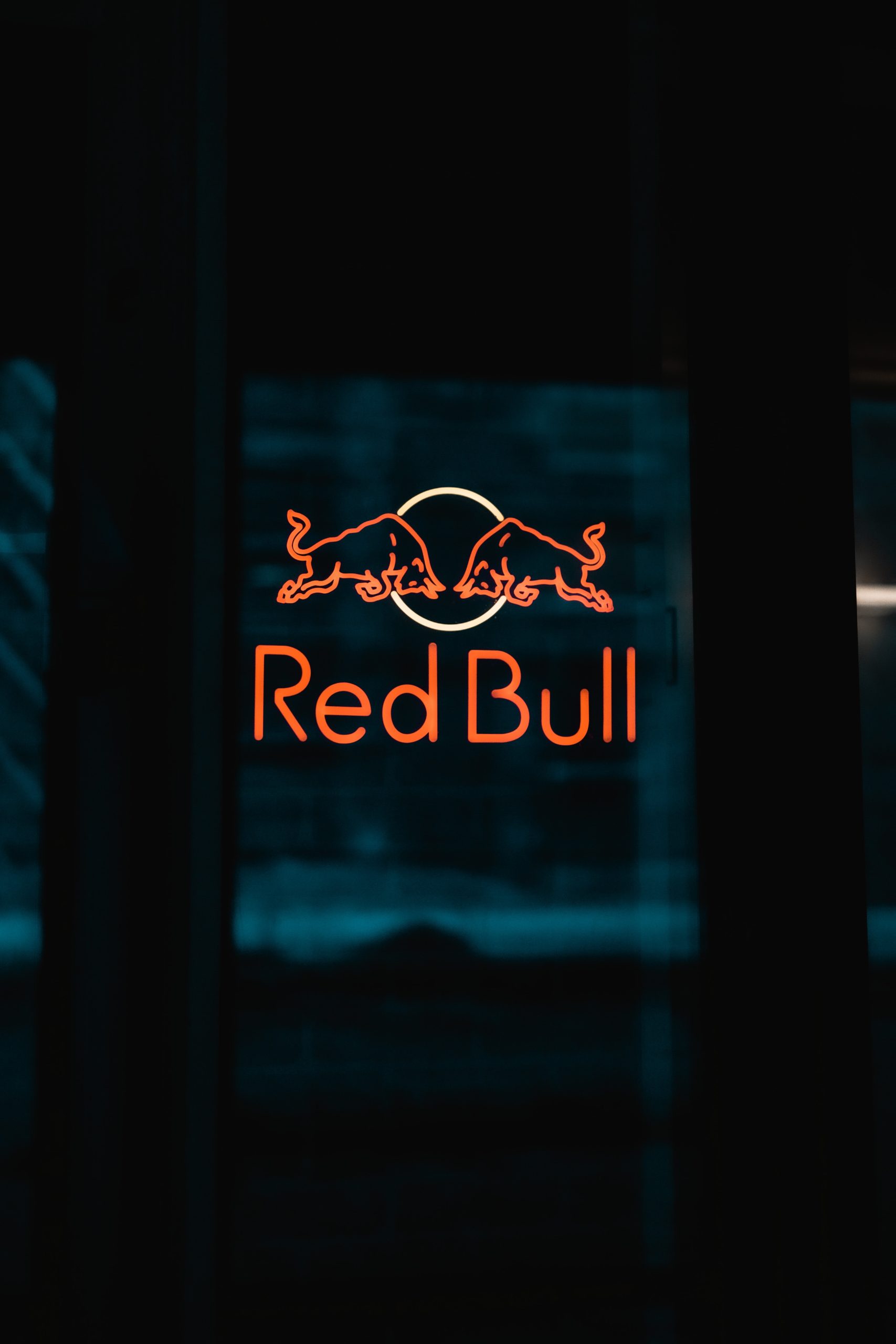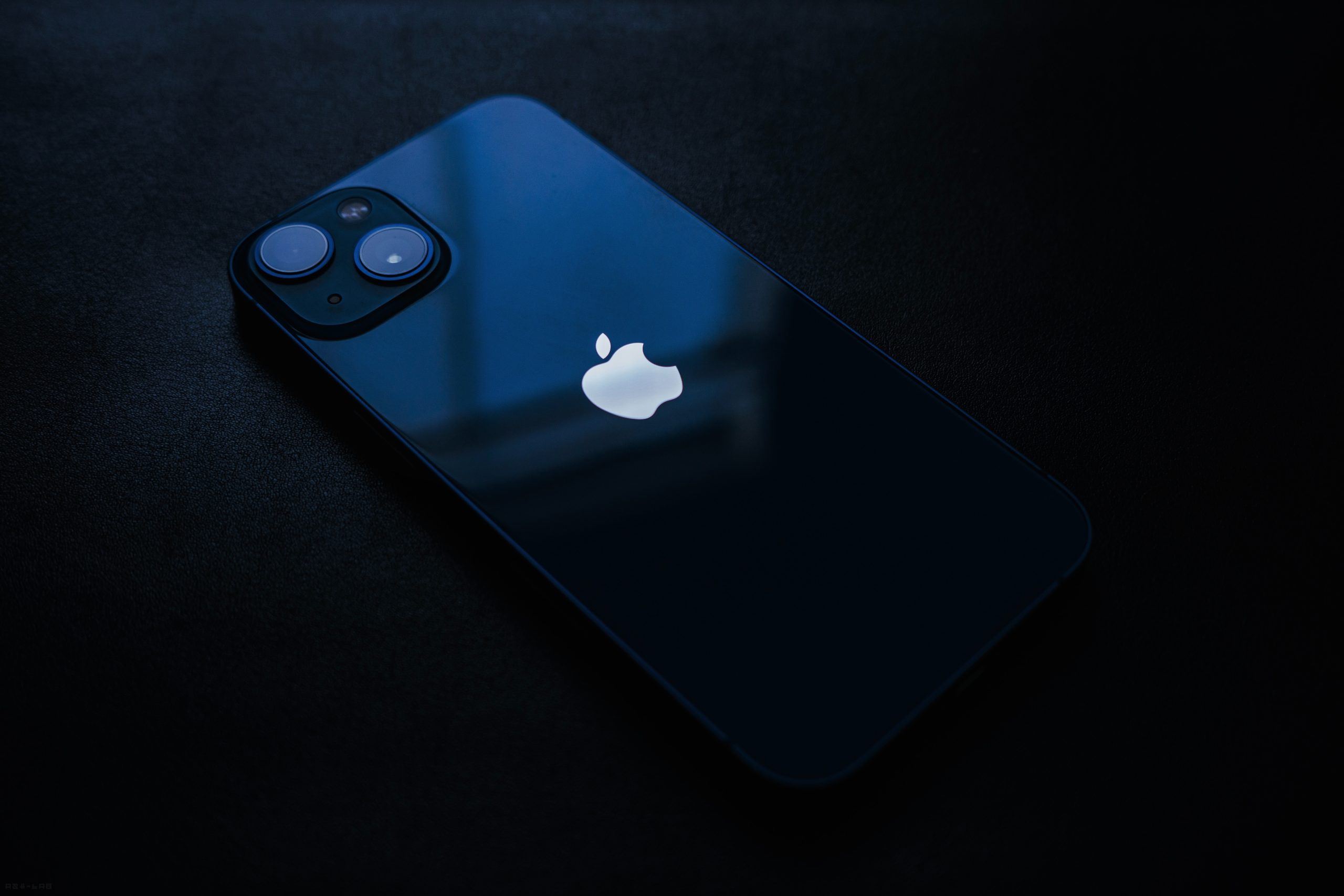What is Co-Branding?
Co-branding is a plan that involves a strategic alliance of multiple brands. Co-branding or a brand partnership is when two companies ally to work together, creating marketing synergy.
Alliance in which two brands unite to reach a common goal and achieve many different objectives, whether wealth, profit or just pure visibility in a crowded marketplace. Whether it is a co-brand on a single campaign, product or a long-term alliance, these partnerships mean sharing in the reward; it could be leads, awareness, new customers or just brand building. By utilising each other’s marketing strategies and brand communication, both parties can maximise results by increasing the level of engaging for each other’s content plus widening the audiences. Put and co-branding allows both partners to get more bang for their bucks. Co-branding is a win-win for everyone.

Co-Branding with other Brands or People?
Design co-branding harmony, your business alignment will naturally fit with your co-branding partner or individual partner that makes sense for your business to share long-term vision and values, not just overnight. For example, you do not want to partner with BP if you are Surfers against Sewage. You will confuse the consumers if the link between the two brands is not immediately obvious, sensible, and easy to understand.
Two brands celebrating the human experience through great storytelling.
One of the most prolific co-branding partnerships is the top camera company GoPro and the incredible Red Bull – “Redbull gives you wings”. Together they celebrate and capture the human experience by allowing anyone to tell a story with passion.

These mega-brands have embraced co-branding with a specific youth energetic lifestyle filled with adventure, pushing the boundaries of fear to a whole new level – jumping from the edge of space to swimming with sharks to a skateboard trick. The brands’ position and marketing shared values have made them a dynamite duo for co-branding. Redbull and GoPro alliance has become more than just cameras and energy drinks. It has become a way of life.
GoPro does not just sell portable cameras, and Red Bull does not just sell energy drinks. Instead, both have established themselves as lifestyle brands. With a co-brand of products and events, most importantly, each brand must benefit from the perceived endorsement of the other.
Other Co-Branding Examples Co-branding is all around you.
Taco Bell’s Doritos Locos Tacos: Specialty food item co-developed by Yum! Brands, Inc. and PepsiCo subsidiary Frito-Lay, Inc.
Your favourite music, one tap away: An Uber and Pandora Media collaboration that lets Uber riders create Pandora playlists to use during trips.
Citi Advantage cards: Citi credit cards that earn American Airlines miles with qualifying purchases.
Supermarket foods: Pillsbury baking mixes with Hershey’s chocolate; Kellogg’s cereal with Smucker’s Jif peanut butter.
Nike+, the Nike Inc technology division and Apple Inc partnership connected tracking technology in athlete trainers and iPhone.

What are some of the pitfalls of Co-Branding?
Is this co-branding opportunity right for your brand?
Co-branding does, however, come with its own unique set of challenges.
Getting the ball rolling
The agreement can be time-consuming and complex; both brands must manage their brand image and generally involve lengthy negotiations and complicated legal agreements. Whatever arrangements the brands reach, neither must have a differential or financial advantage over the other, a delicate balance to achieve this goal. It is easier when there is an obvious fit between the two brands.
Brand balance
For less popular brands, co-branding may create confusion. A consumer may know one brand and is inclined to buy it but then may get put off by its combination with another one with which they are not as familiar. Piggybacking off an association with a product of lesser quality can damage a new brand.
Loss of control
Lack of quality control provisions when co-branding, asset management, activation monitoring combined with a flawed approval process can result in dilution or even loss of control by either brand. Collaborative brand management and a clear understanding of roles and responsibilities established from the offset is imperative for success.
Organisational distraction
We all love something new and shiny. But is this co-branding opportunity a good idea for your brand? Sometimes brands focus on the next big thing rather than looking at the bigger picture of their brand. That is why it is crucial to understand exactly who your brand is and where you are going. Having your brand’s vision in place helps you to evaluate if each opportunity is right for you.

What happens when Co-Branding doesn’t work?
The Dangers of Co-Branding: Lego to End Partnership with Shell.
The two power brands have a decades-long corporate relationship, which was fruitful for both companies. – The corporate relationship between the two power brands goes back decades and continues to be fruitful for both. The addition of a sizeable and worldwide distribution channel has apparent benefits for Lego. At the same time, Shell gets to share some of Lego’s brand loyalty through association with Lego’s friendly ‘toy maker’ image, being a major distributor and including its colours and logo in the product. LEGO got some real-world authenticity onto its race cars and gas station sets, while Shell was able to endear itself to customers from a very young age.
Everything is not fantastic.
The partnership remained successful for many decades. But as LEGO toys emerged from the basement and became a global children’s entertainment brand, the league caught the attention of Greenpeace. They believed that it was not quite right for children to play with toys that display the name of a petroleum company that had a history of unsustainable practices like pursuing aggressive oil drilling in the arctic. Greenpeace released a widely watched and shared YouTube video that criticised the partnership by enveloping a picturesque LEGO arctic with thick, unforgiving crude oil… all to a melancholy rendition of The Lego.
Movie theme, “Everything is Awesome.”
It is a great example that demonstrates the mismatch between companies as well as their customers brand values. The video received more than 6 million views to date, prompting Jorgen Vig Knudstorp, the Lego chief executive, to break up the co-branding. He went on to attack Greenpeace to target Lego rather than Shell, saying that this strategy “may have created misunderstandings among our stakeholders about how we operate”.

Insights & Strategy
Strategy is a forward-looking plan for your brand’s behaviour.

Content
Content helps your company to have unique communication.

Experience Design
UI/UX design gives the appearance above your brand’s behaviour.

Advertising & Scale
Advertising and scale help to have a unique plan for your brand’s life.
